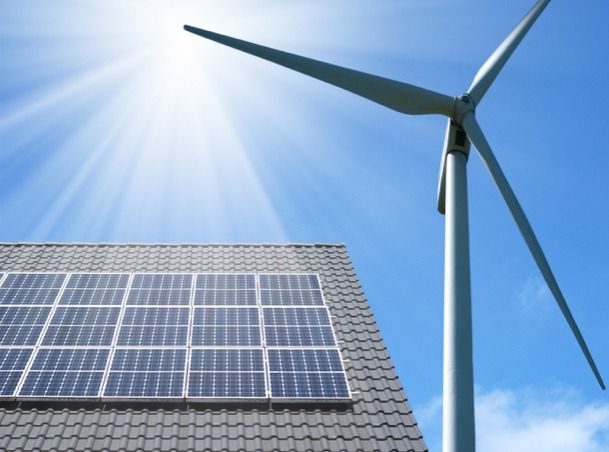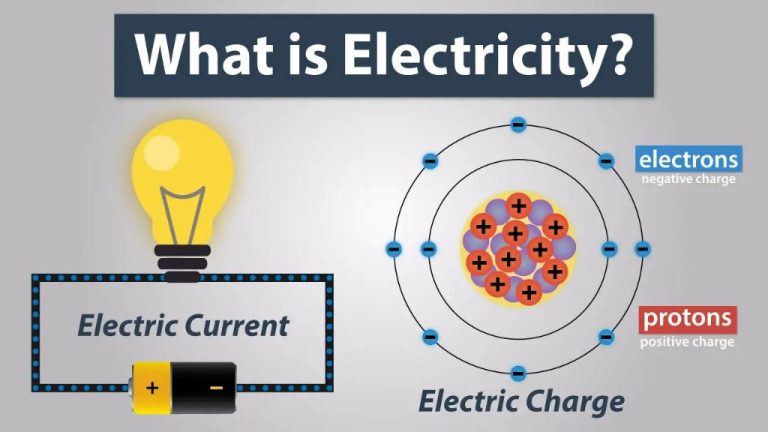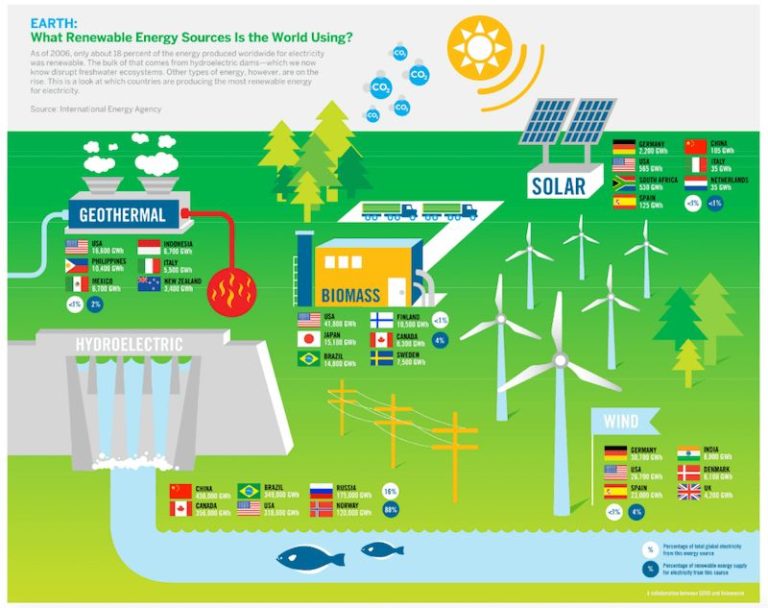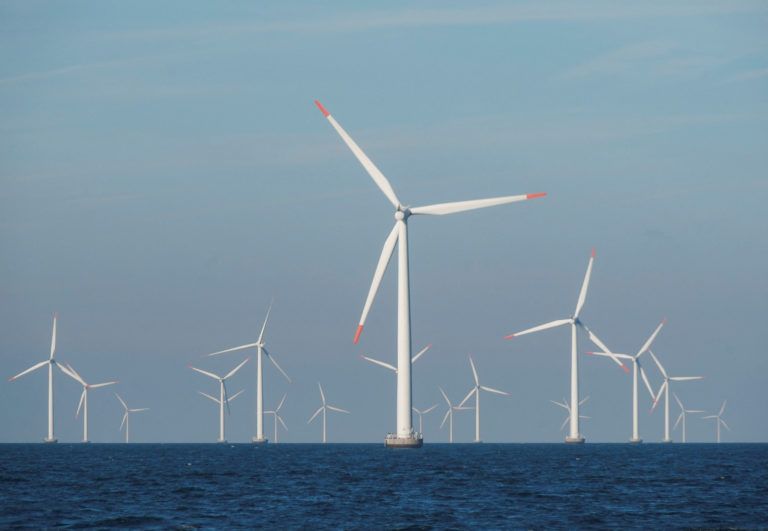What Are The 4 Major Characteristics Of A Good Source Of Energy?
Reliability
A good energy source needs to provide consistent and dependable energy output. This means the source should not be overly dependent on environmental conditions like weather that can impact its ability to generate energy.
The energy source must be capable of meeting energy demand without large fluctuations or interruptions in supply. Nuclear, natural gas, and coal plants are generally considered reliable because they can consistently generate base load power to the grid.
Renewable sources like solar and wind may require energy storage or backup generation to smooth out their variable output. But with the right grid integration technology, they can also provide reliable and predictable energy.
An ideal energy source can deliver a stable energy supply 24/7. Reliability ensures homes, businesses and industry have the power they need whenever they need it.
Affordability
The cost of the energy source is a key factor in determining how accessible and widely adopted it can be. Affordable energy sources require reasonably low costs to build the necessary infrastructure as well as maintain low operating expenses so energy can be generated and delivered at competitive prices compared to conventional sources.
Some key considerations around affordability include:
- Low capital costs to build power plants, transmission lines, pipelines or other infrastructure needed to harness the energy source and deliver it to end users.
- Reasonable operating costs including fuel, maintenance, labor etc. High operating costs will require charging higher prices for the energy.
- Ability to generate and deliver energy at a cost per kilowatt hour that is cost competitive with conventional fossil fuel sources like coal, natural gas and oil.
The lower the infrastructure investment required and ongoing operating costs, the more affordable and accessible the energy can be. Sources that require major upfront infrastructure like dams or nuclear plants may have very low fuel costs but need massive capital projects. In contrast, sources like natural gas or solar may require less initial infrastructure but have higher ongoing operating costs.
The most economically sustainable energy sources are those that can deliver electricity, heating or transportation at a total cost (including both capital and operating costs) that is comparable or lower than conventional energy sources like coal and oil. This makes them accessible to consumers and businesses without requiring major subsidies or higher energy prices.
Scalability
Scalability refers to an energy source’s potential for large-scale deployment and ability to meet increasing energy demand. Scalable energy sources are able to expand their production and distribution infrastructure to generate vastly larger amounts of energy as needed. This is an important consideration as global energy consumption continues to rise.
Fossil fuels like oil, gas, and coal have proven to be highly scalable over the past century. Extraction, refining, and distribution networks have grown extensively to make fossil energy available worldwide. However, fossil fuels are nonrenewable resources that will eventually be depleted. Renewable energy sources like solar, wind, hydropower, geothermal, and biofuels offer much greater long-term scalability as they utilize virtually inexhaustible natural resources.

The scalability of renewable energy depends on various technical and economic factors. Solar and wind power demonstrate high scalability potential as panels and turbines can be mass-produced and installed rapidly to match energy demand growth. Hydroelectricity is limited by suitable dam sites, while geothermal depends on the availability of subsurface heat reservoirs. Regarding biofuels, land use constraints may restrict large-scale crop cultivation to produce plant-based fuels. Overall, advancing technologies and falling costs are enabling renewable energy to scale up dramatically.
An ideal energy source is one that can start small and expand seamlessly over time without supply limitations or disruption. Scalable energy is essential for supporting world population growth, rising living standards, and new electricity applications such as electric vehicles, while transitioning from fossil fuels to sustainable energy.
Sustainability
Sustainability refers to how environmentally friendly and ethically sound an energy source is over the long term. The most sustainable sources of energy are renewable or practically inexhaustible. They have a low environmental impact during production and usage. Their resources are sourced and produced through ethical practices. Sustainable sources do not deplete natural resources or cause significant pollution.
Renewable sources like solar, wind, hydropower and geothermal energy are sustainable because their fuel sources are continuously replenished naturally. Though finite, nuclear fuel creates massive amounts of energy from small amounts of uranium or thorium. Its sustainability depends on improved reactors and waste recycling. Hydrogen fuel can be sustainably produced from renewable electricity or methane in ways that don’t exacerbate climate change.
Fossil fuels like oil, natural gas and coal are unsustainable. They use finite resources that are rapidly being depleted. Extracting and burning fossil fuels causes extensive air and water pollution. The carbon emissions are the chief driver of climate change. Fossil fuel extraction, refining and transportation often have poor ethical and human rights records. Overall, renewable energy sources are widely considered to have much better sustainability than fossil fuels.
Safety
An ideal energy source must have limited risks in its production and transmission. Energy production facilities should have safety measures in place to eliminate or minimize risks and accidents. Minimizing risk of illness, injury or death for workers and surrounding communities through proper oversight, training, protective equipment and operating procedures is crucial.
Proper waste management is also key for safety. All forms of energy production generate some waste and emissions, so having responsible disposal methods and waste containment is vital. This includes safely storing hazardous waste and preventing environmental contamination from waste products.
Energy infrastructure should be designed to be resilient and durable. Facilities should be built to withstand natural disasters, cyber attacks and other disruptions. Redundancies, backups and the ability to quickly isolate problems can improve the resilience of energy systems. Safe infrastructure limits the chance of power outages or supply disruptions that put public health and safety at risk.
Efficiency
One of the most important characteristics of a good source of energy is its efficiency in converting the raw energy into usable energy. An efficient energy source will have high rates of energy conversion with minimal losses during transmission and processing.
The theoretical conversion efficiency of fossil fuels like coal, oil and natural gas can reach nearly 100%. However, in practical applications their real-world efficiency is reduced to 30-40% due to energy losses during combustion and transmission. Renewable sources like solar and wind have lower theoretical efficiencies of around 30%, but can operate closer to their theoretical maximum in real-world systems.
Energy storage capabilities also factor into the overall efficiency of an energy supply. Storage allows energy to be dispatched on demand, reduces transmission losses from source to point of use, and enables an efficient match between energy production and usage. Batteries, pumped hydro, compressed air and thermal storage are some technologies used to provide grid-scale energy storage.
When evaluating energy sources, the goal is to maximize end-to-end efficiency from raw energy to delivered electricity, heating, or fuel. An efficient system will result in less wasted energy and greater energy availability for useful work.
Accessibility
Accessibility refers to how readily available and easy to harness an energy source is, both geographically and technologically. The more accessible a resource is, the more viable it becomes as an energy solution.
For an energy source to be considered highly accessible, it should be abundant and widespread so it can be extracted or harnessed efficiently across different regions. Fossil fuels, for example, are found buried underground in many parts of the world, making them easily extractable with today’s drilling and mining technologies.
Renewable energy sources like solar, wind, and hydropower also tend to have high accessibility as the resources they utilize (sunlight, wind, flowing water) are available globally. The main accessibility challenges for renewables have to do with harnessing inconsistencies and infrastructure requirements.
An ideal energy source needs to have strong accessibility so it can realistically support a growing population and widespread energy demand. The more readily available and simple to harness the resource is, the better it can serve as a primary energy supply.
Manageability
A good energy source should be easy to operate and control the supply of energy. This allows grid operators to match supply with demand and avoid blackouts. Energy sources with demand-response capabilities can adjust their output quickly in response to changes in energy demand. This helps maintain grid stability as energy usage fluctuates throughout the day.
For example, natural gas power plants can ramp production up or down rapidly to meet peaks and valleys in electricity demand. In contrast, sources like wind and solar power may have less control over output variability. However, smart grid technology enables better demand-response from renewable sources. Overall, flexible manageability of energy supply is crucial for integrating diverse energy sources onto the grid.
Supportability
A good energy source needs to have strong supportability, meaning it is acceptable to key stakeholders and aligns with current policies and regulations. Without support from governments, businesses, communities and individuals, an energy source will struggle to be adopted on a large scale. In evaluating supportability, here are some key considerations:
- Public opinion – Does the public support investing in and using this energy source? If not, it will be difficult to develop due to public pushback.
- Political backing – Do politicians and policymakers support favorable regulations and incentives for this energy source? Lack of political will can hinder progress.
- Industry adoption – Are energy and utility companies willing to invest in and integrate this source into their operations? Private sector buy-in is crucial for scaling up.
- Investor interest – Can this energy source attract sufficient investment capital and financing? Investor confidence signals real-world viability.
- Job creation – Will this source lead to economic and employment benefits for local communities? Broad-based opportunity can drive public approval.
- Clear regulations – Are regulatory frameworks established to enable adoption of this source? Uncertainty around rules and policies hurts development.
- Compatibility with infrastructure – Does this source work with existing energy infrastructure like grids? Easy integration lowers adoption barriers.
An ideal energy solution balances all of these supportability factors. It gains backing from key constituencies and aligns with the policy environment. With broad advocacy and favorable regulations, a source is primed for large-scale deployment and impact.
Innovation
A good energy source leverages innovative technologies and continues to improve through research and development. This allows the energy source to utilize cutting-edge advancements that make it more efficient, affordable, reliable, and sustainable over time.
For example, renewable sources like solar and wind power are rapidly evolving with new materials, designs, and approaches to convert them into usable energy more effectively. Continued innovation in battery storage technology is also making these intermittent sources more viable and reliable.
Even traditional energy sources are innovating. Natural gas power plants are becoming more efficient. Nuclear energy is developing smaller, safer reactor designs. And fossil fuels are investing in cleaner combustion and carbon capture technologies.
An ideal energy source has sufficient investment in R&D and an ecosystem of companies and researchers pushing the technological boundaries. This drives down costs, improves performance, and keeps the energy source competitive in an evolving landscape. The most promising energy solutions leverage innovation to meet today’s needs while positioning for tomorrow’s realities.





